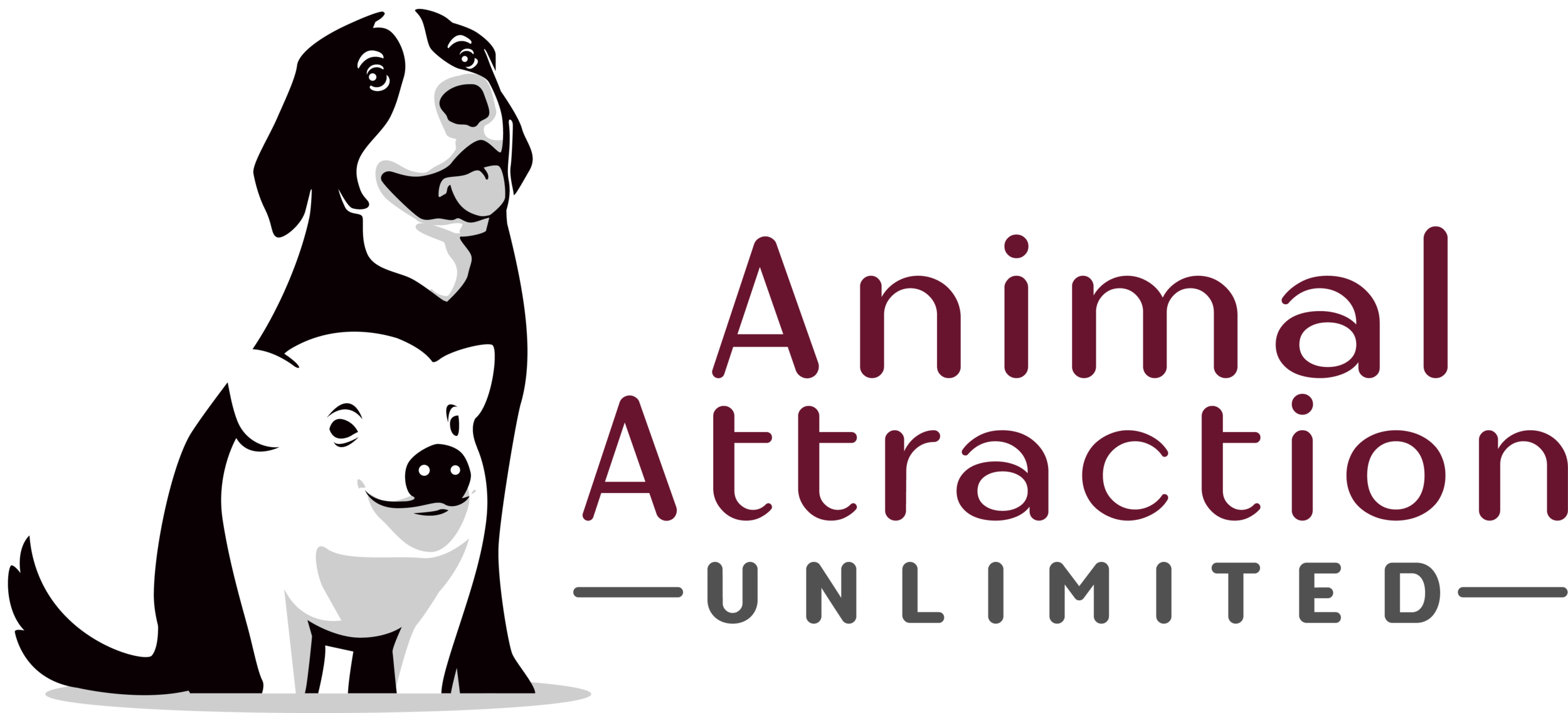Stop Bad Habits: How to Use Management to Fast-Track Your Dog's Training
We all want a well-behaved dog, right? One that greets guests calmly, doesn't pull on the leash, and generally makes life more joyful (and less chaotic). We diligently attend training classes, practice commands, and celebrate every little victory. But what happens when you're not actively training? That's where the often-underestimated power of management comes in.
This week, we tuned into a fantastic podcast that dove deep into the crucial role of management in dog training. And let us tell you, it was an eye-opener! It reinforced the idea that training isn't just about those dedicated practice sessions; it's about setting your dog up for success 24/7.
What Exactly IS Dog Training Management?
Think of management as creating an environment where your dog can't rehearse unwanted behaviors. It's about proactively preventing problems rather than constantly reacting to them. As the podcast hosts so clearly explained, all training programs require some form of management.
Imagine you're teaching your puppy not to chew on furniture. You spend time redirecting them and praising appropriate chewing. But what happens when you're not looking? If they have free access to your antique coffee table, they're likely to practice that exact behavior you're trying to eliminate. That's where management steps in – perhaps a puppy-proofed playpen, tethering them to you, or simply removing valuable items from their reach.
Your Management Toolkit: It's More Than Just "No!"
Physical Barriers: Baby gates are your friend! They can section off areas of your house, preventing your dog from going upstairs (especially if you have a cat sanctuary up there!) or entering rooms where they might get into trouble. Crates provide a safe and secure den, especially useful when you can't supervise. Exercise pens offer a larger contained area. Even a simple leash attached to a sturdy piece of furniture (a tether) can prevent wandering.
Environmental Control: This might seem obvious, but closing doors is a form of management! Fenced backyards provide a safe space for your dog to roam while still being contained. One particularly clever example from the podcast involved a homeowner proactively working with utility companies to make meter readings possible without anyone needing to enter their property – preventing potential escape risks during service visits.
Strategic Handling During Social Situations: Planning a party? Instead of hoping your dog will be on their best behavior, manage the situation proactively. This could mean providing them with a high-value chew in their crate or having them relax on a designated spot if they are trained to do so. It's about setting clear boundaries and preventing your dog (and your guests!) from feeling stressed.
Management Isn't Avoidance – It's Smart Training!
One of the key takeaways from the podcast was the distinction between management and avoidance. Management isn't about simply ignoring a problem; it's a strategic tool you use while you're actively training. It prevents your dog from reinforcing unwanted behaviors, which can significantly hinder your progress.
Think of it this way: you're teaching your dog not to jump on guests. During training sessions, you practice alternative greetings. But if, in between sessions, they're constantly allowed to jump on everyone who walks through the door, you're essentially taking two steps back for every step forward. Management – like keeping them on a leash during guest arrivals or having them behind a gate until they are calm – prevents those setbacks.
A Word on Responsibility: It Starts With You
A powerful story shared on the podcast highlighted the importance of taking full responsibility for your dog's management. Relying on visitors, service providers, or anyone else to manage your dog can have serious consequences. It's your dog, and their safety and behavior are ultimately your responsibility. Proactive management is the key to preventing accidents and ensuring everyone's well-being.
The Long Game: Management for Lifelong Success
The podcast hosts wisely pointed out that management isn't a temporary fix you can ditch as soon as you see a little improvement. Just like any other aspect of training, it requires consistency and a gradual weaning process. Suddenly removing all management before your dog has truly internalized the desired behavior is like expecting a marathon runner to go from walking to sprinting overnight – it's just not realistic!
In conclusion, don't underestimate the power of management in your dog training journey. It's not about creating a restrictive environment; it's about setting your dog up for success, preventing unwanted behaviors, and ultimately building a stronger, more harmonious relationship. So, take a look around your home and your daily routines – where can you implement smart management strategies to support your training goals? You might be surprised at the positive impact it has!
What are your favorite dog management tools or strategies? Share them in the comments below!
